Search
Remove Ads
Advertisement
Summary 
Loading AI-generated summary based on World History Encyclopedia articles ...
Search Results

Definition
Alphabet
The history of the alphabet started in ancient Egypt. By 2700 BCE Egyptian writing had a set of some 22 hieroglyphs to represent syllables that begin with a single consonant of their language, plus a vowel (or no vowel) to be supplied by...

Definition
Greek Alphabet
The Greek Alphabet developed from the Phoenician script at some point around the 8th century BCE. The earlier Mycenaean Linear B script, used primarily for lists and inventories, had been lost during the Greek Dark Age, and the technology...
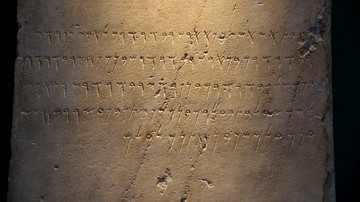
Article
The Phoenician Alphabet & Language
Phoenician is a Canaanite language closely related to Hebrew. Very little is known about the Canaanite language, except what can be gathered from the El-Amarna letters written by Canaanite kings to Pharaohs Amenhopis III (1402 - 1364 BCE...

Video
How Korea crafted a better alphabet - History of Writing Systems #11 (Featural Alphabet)
The Korean alphabet is better than yours. Meet the king who invented it and watch him work his linguistic magic in this chapter in the history of writing. You wake up in another palace. This time you're in Korea. The first face to greet...
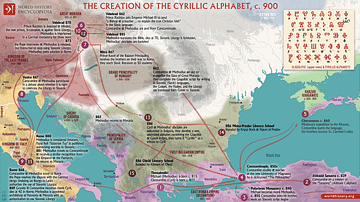
Image
The Creation of the Cyrillic Alphabet, c. 900
A map illustrating the journeys of the brothers Cyril and Methodius, two 9th-century Christian missionaries, that shaped the cultural and linguistic landscape of Central and Eastern Europe. Commissioned by the Byzantine Emperor Michael III...

Image
Phoenician Alphabet
The Phoenician alphabet.
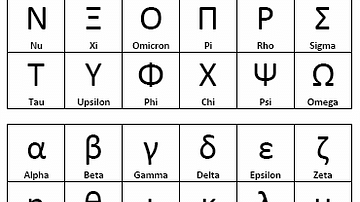
Image
Greek Alphabet
Modern version of the Greek alphabet.
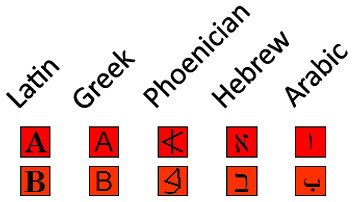
Image
Evolution of the Phoenician Alphabet
The Phoenician alphabet and its equivalents in four modern alphabets. From left to right: Latin, Greek, Phoenician, Hebrew, Arabic. Legend: In the middle column you'll find the original Phoenician letters, with their modern equivalents in...
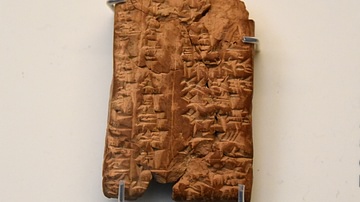
Image
Aramaic Alphabet written in Cuneiform Signs
This is a classroom experiment. As Babylon grew, the language spoken on its streets changed. This remarkable tablet captures interaction between the age-old cuneiform writing for Babylonian Akkadian and the alphabetic Aramaic that ultimately...
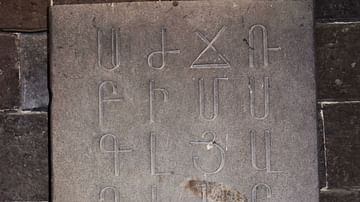
Image
Monument to Armenian Alphabet at Oshakan
Mesrop Mashtots (c. 362-440 CE) is credited with the creation of the Armenian alphabet around 405 CE. Originally, the Armenian alphabet had 36 letters, but it presently has 39. It is read from left to right, and it is one of the older alphabetic...